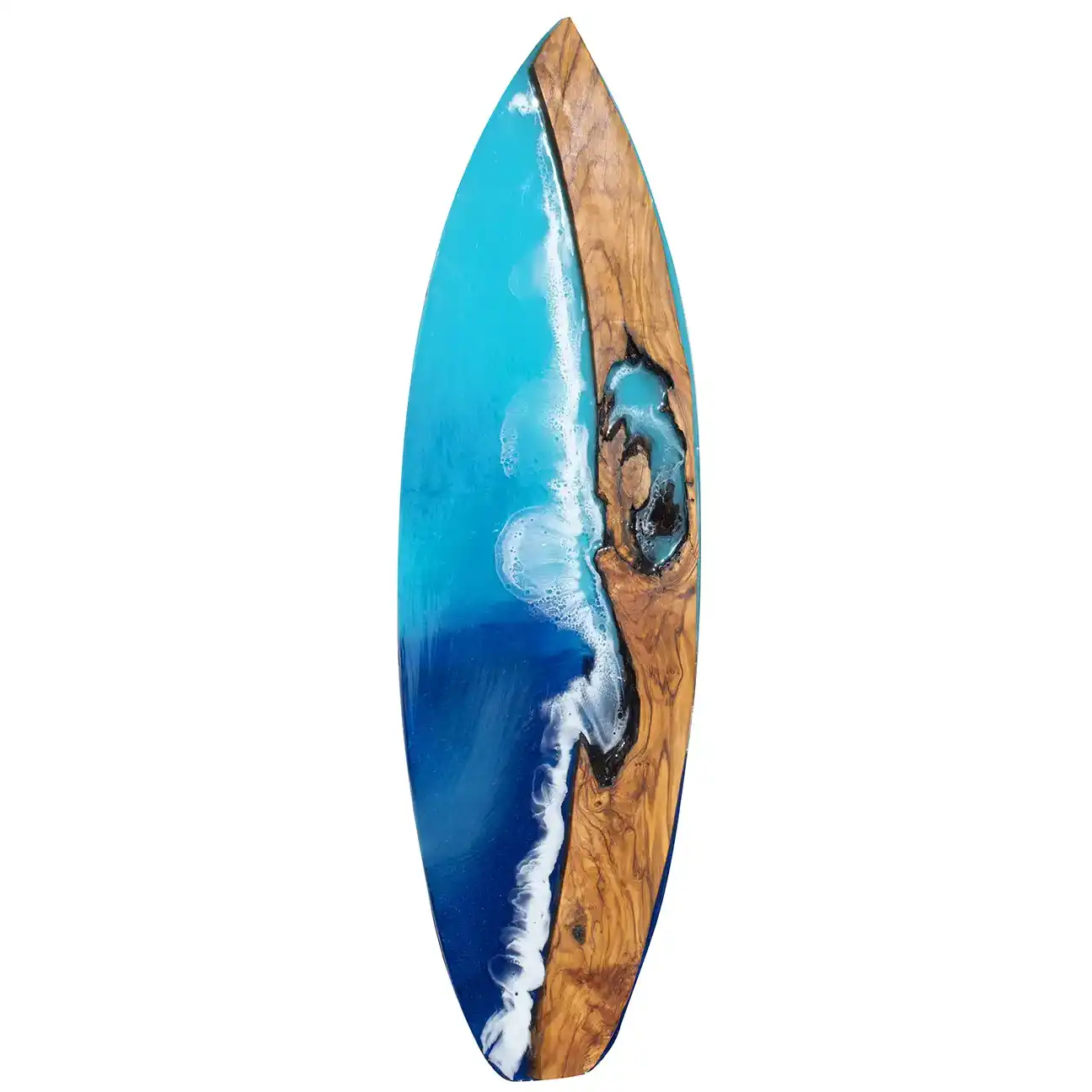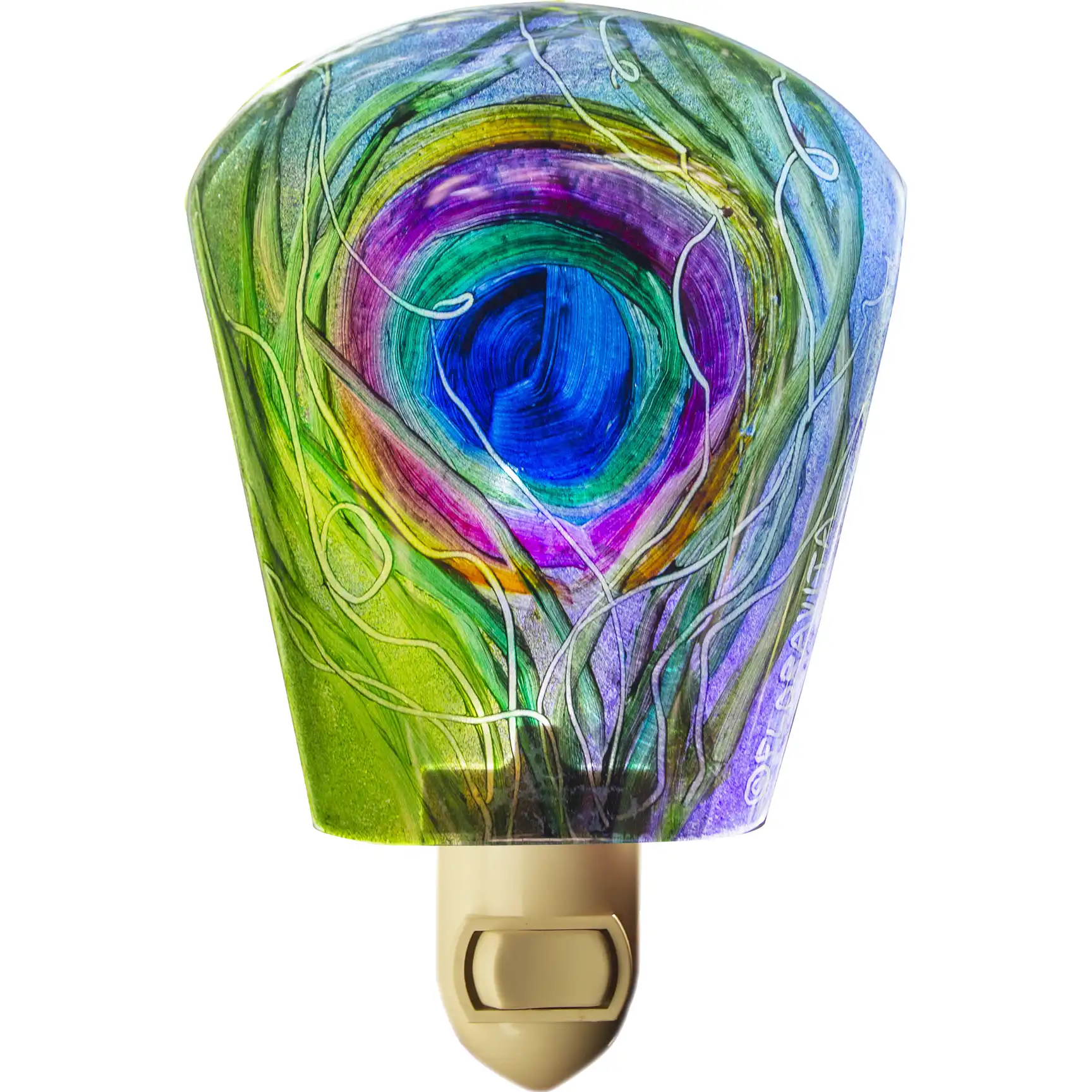This plein air painting study was filmed beautiful Carmel a year ago. I’m posting it now. Hope that you find this watercolor session both relaxing and entertaining to watch.
Below are my thoughts about decisions that I made while painting on location with changing lighting conditions.
After sketching out a scene to the (right) of where I’m sitting, I am painting the sky wet-into-wet. I’m using a flat watercolor brush to add clean water to the area where I’ll select to drop in Cobalt and Cerulean Blue, and a violet hue, while keeping the cloud ares white.
While this first sky dries, I sketched and painted the sky and underpainting of a Second watercolor where the scene is directly in front. Though this piece didn’t record in video (we messed up), it IS the painting I continued on with here.
Plein Air painting requires flexibility and grace (meaning you have to give yourself grace if things don’t work out). Though I’m adding colors that I know I need more of, having a traveling palate with colors already dry helps…because you have less time on location than you would in the studio.
We’re in a small bay and the mountain range in the background is layered with light fog…and I want to eventually capture that atmosphere. I’m painting the colors that I see…trying to keep in simple…and yet I’m trying to also put in tree-tops in the distance. I’m varying the intensity and colors, keeping the colors cooler so that this element pushes backwards.
The paper I’m using is 300lb Rough Press Arches because this thicker and stiffer paper won’t ripple in the painting. The downside is that the paint absorbs and isn’t as vibrant as quickly.
Plein Air painting requires you to constantly look and be aware when the light changes and this can happen with clouds rolling in quickly.
As I paint, the marine layer begins come in from the distance. There’s a mountain range in the background and then rocks and hills in front of that…and then the water and the middle ground rocks. As I’m working, this area is changing.
Plein Air painting really trains your eyes. Even if the painting doesn’t turn out to be a masterpiece, it helps an artist to capture an idea or an atmosphere that they can use as a better reference in studio paintings. It helps to capture small areas of color that might be unexpected and special.
Today is a spectacular day to sit on the beach and paint!!
Painting the Water
The foreground here is going to be warmer.
This is my favorite part: painting the water!! The bay here has many different colors and the light is giving a very shimmery look.
I’m letting my brush and the paper do most of the work. The texture is helping me to create sunlight-sparkle here and there.
While that dries, it’s time to add some detail in the middle-ground. I’m using a brush with a fine point to do the trees.
Contrast in Rocks and Water
Now it’s time to layer in contrast with some darker colors and detail. I’m really mixing colors quickly on my mixed-palate.
I also want to create some more contrast with the background mountains that are across the bay. All of a sudden the lighting has really shifted and brought contrast on them and I want to emphasize that…try to capture the beautiful yet subtle colors that you can’t see in photography.
Using Titanium White
Ok, I’ve never used Titanium White in my work, ever…but I’ve seen that watercolorists are doing this!! Especially the ones that do plein air…and it is a helpful tool…and why not? Watercolor need not be academic anymore. Let’s be real, if you can incorporate something that helps your painting, why not.
I did have a difficult time finding this pigment in stores…saw this technique the day before this painting session and I really, really wanted to try this out…also because though it is an opaque color, it does offer a bit of a soft transparency.
I’m keeping my brush strokes parallel and I’m skipping my brush across the rougher texture of the paper…using the paper again to my advantage.
Having this White in the mix made me realize I could focus more on the colors of the water and less about worrying that I’m not catching All the highlights as the sun moves overhead.
I’m glad I was able to try this…it’s good to learn new things!! And you can soften the white if you want with other layers…as I’m doing here with the contrast colors…knowing I can add more highlights (like oil and acrylic painters do)…whenever I want.
So in a way, that white acts like guash…which is enjoying some popularity with the younger water-media generation.
Thoughts on Studio Painting
If I went into the studio with this scene…for an oil painting, I’d have the soft misty colors for the background mountain range to reference. That’s perhaps the biggest value for plein air work. That and enjoying the day in the sun with my son…and my mom (who’s operating the camera).
These are the memories that hopefully will last a lifetime for my own budding artist here….and he’s been so good and patient while we film and paint.
***
I’m pretty happy!! Better than I expected!!!
What did you think of this causal painting session? Let me know below what beach YOU would love to see painted…
And if you liked this video, check out my Fort Bragg Travel Painting video…
https://www.youtube.com/@JennyFloravitaArt


























